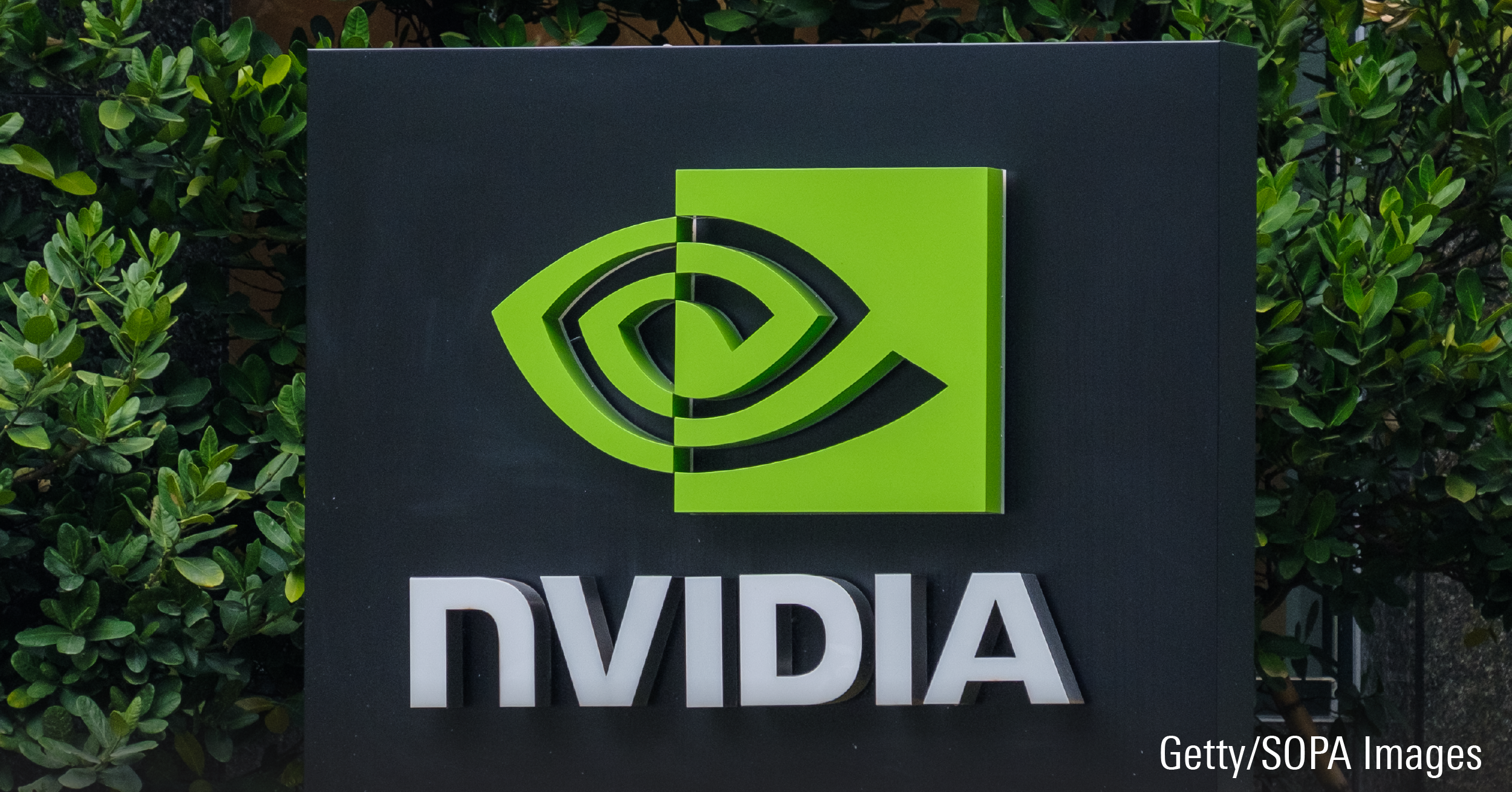Veteran value manager Joel Tillinghast says that, given the significant run-up in U.S. stocks, better opportunities may exist elsewhere. With the launch last month of two new Fidelity funds for Canadian investors, that's where Tillinghast and his Boston-based team at Fidelity Investments have been focusing.
The US$46-billion Fidelity Low-Priced Stock, which Tillinghast has managed for investors in the U.S. since the fund's inception in December 1989, has always invested mostly in U.S. small-cap stocks and continues to do so. "But I am finding a fair number of good stocks in international small-caps, in Japan, South Korea and parts of Europe," he says.
Having expanded considerably since the market rebound began in 2009, U.S. share-price multiples are not cheap and investors should lower their return expectations, says Tillinghast, who has been in the industry since 1980 and joined Fidelity in 1986, after several years as an analyst at Drexel Burnham Lambert and Value Line Investment.
Since 2002, he has been co-manager of Fidelity Investments Canada's Fidelity NorthStar, a $3-billion fund in the Global Small/Mid-Cap Equity category. It relies on the best ideas chosen by Tillinghast and Daniel Dupont, who is based in Montreal.
Tillinghast now also manages the new Fidelity American Balanced and Fidelity Global Intrinsic Value, the latter having an emphasis on small/mid-cap stocks. Tillinghast is supported by portfolio manager Salim Hart, who uses quantitative analysis to identify attractive companies.
"People should have conservative expectations for every asset class," observes Tillinghast. "It's a really difficult moment (in markets). Europe has negative interest rates and rates in the U.S. and Canada are minimal. If you take a capital-markets approach, stocks should return something better than bonds -- but that number is not as satisfying, in any asset class."
Tillinghast's long-term objective is an 8% compounded return, yet he concedes that market conditions mean that he's got his work cut out for him. "Returns are definitely going to be lower than historical returns."
Noted for his espousal of intrinsic-value investing, Tillinghast uses a bottom-up methodology to identify companies that combine low valuations with strong fundamental attributes such as barriers to entry, high returns on equity and assets and whose management is aligned with shareholders. "Boring but stable" is the description that's often used to characterize the names favoured by Tillinghast, who says the fund uses an 80-20 mix of qualitative and quantitative methodologies.
Although compliance rules prevent Tillinghast from discussing the specifics of where he and his team have invested the cash that has come in, he can speak in generalities. "South Korea, Japan and Europe are the best (places)," he says. "On the whole, I'm leaning toward technology service and software, which is maybe not boring, but has recurring earnings. Compared to Internet stocks, they are boring. But I like them and parts of consumer cyclical and increasingly, energy, because prices have fallen a lot. I am not sure if these stocks are fully priced for oil at current prices, but I'm increasingly interested."
Representative of the stocks that Tillinghast likes, and holds in other Fidelity funds, is UnitedHealth Group Inc. (UNH). The company is a leading provider in the U.S. insurance and managed health-care industry. "It has extremely stable and consistent earnings, and high returns on investment. They're been growing the business and paying dividends and buying back stock," says Tillinghast, adding that the company is benefitting from demographic trends such as an aging population.
"It is hard to find a company that has everything. One thing UnitedHealth does not have is an excessively cheap valuation -- it's 18 times forward earnings," says Tillinghast. "It's not at a premium to fair value, although it is getting close. But because it has so many other great characteristics it still fits the framework."
Another example is Best Buy Co. Inc. (BBY), a U.S. electronics retailer that is currently encountering stiff competition. "It's almost the opposite of UnitedHealth. It has a less than consistent record of profitability and its margins are volatile. And they have actually issued more shares than they bought back. But the stock trades at less than 13 times earnings and is quite cheap," says Tillinghast. With new management in place, "they might turn the business around," he adds. "The business generates so much free cash flow that, even in the worst-case scenario, it can still generate above-market returns."
After 35 years as a stock-picker, Tillinghast still enjoys the job, but acknowledges that it's harder to summon the energy that he employed back in 1980. "Markets are higher. When I started out, I could look at the stock pages and go down the price-earnings column and find a "four" or "six" P/E and I could produce a very long list. Whereas, today, it's not so possible to make a long list of companies to research which have P/E's of four or even 10.
"That said, international stocks are interesting, because I like to learn about different cultures," says Tillinghast. "Japan and South Korea are still good, with lots of opportunities."
As for investment returns, Tillinghast reiterates that single-digit returns may be the norm. "If I said that stocks over the next five years will return 5% a year, and you'll make 1% on bonds, does that make me bullish or pessimistic? Five percent seems pretty pathetic by historical standards. But it's a lot better than 1%. Whatever label goes with that, is where I am now."
















